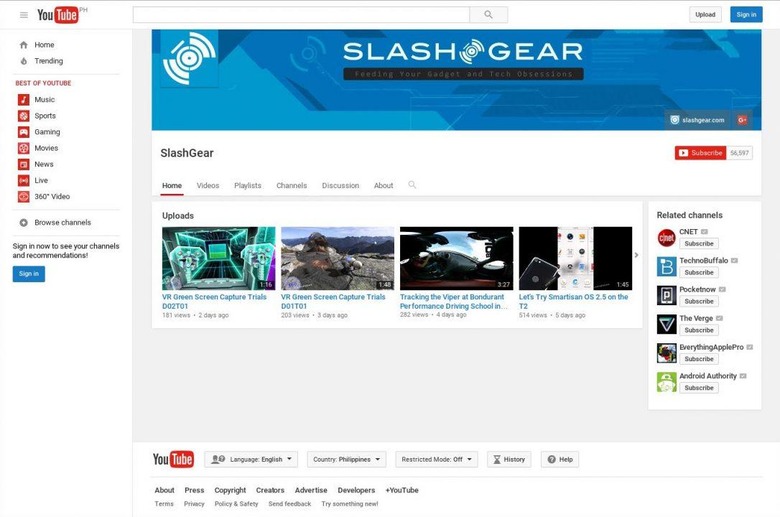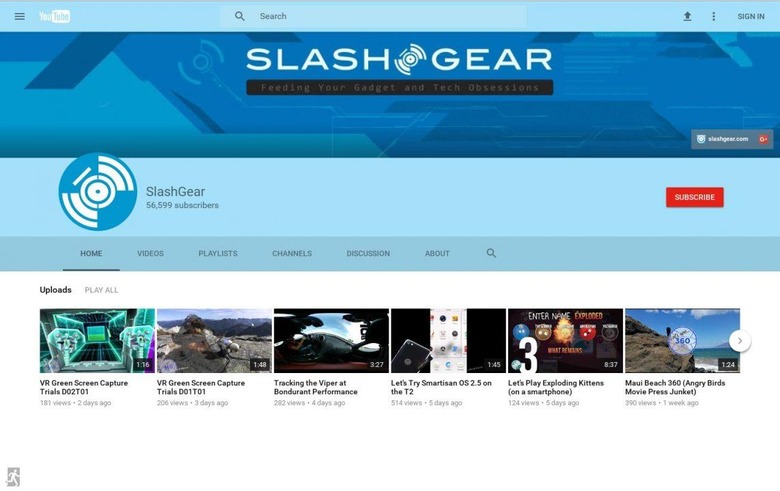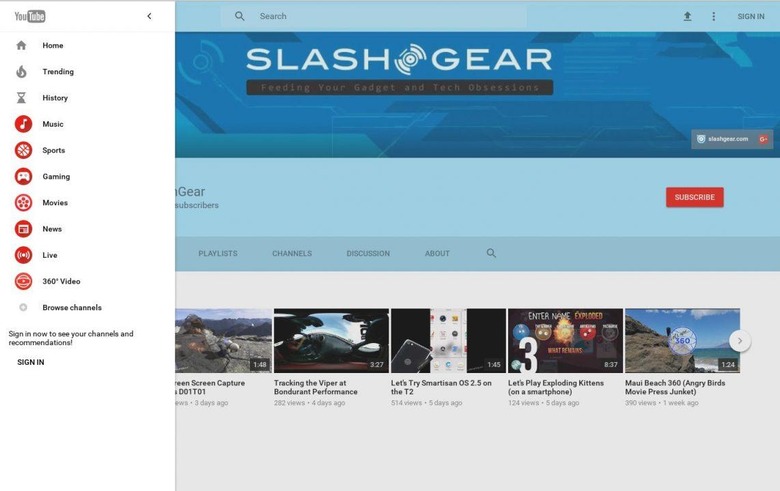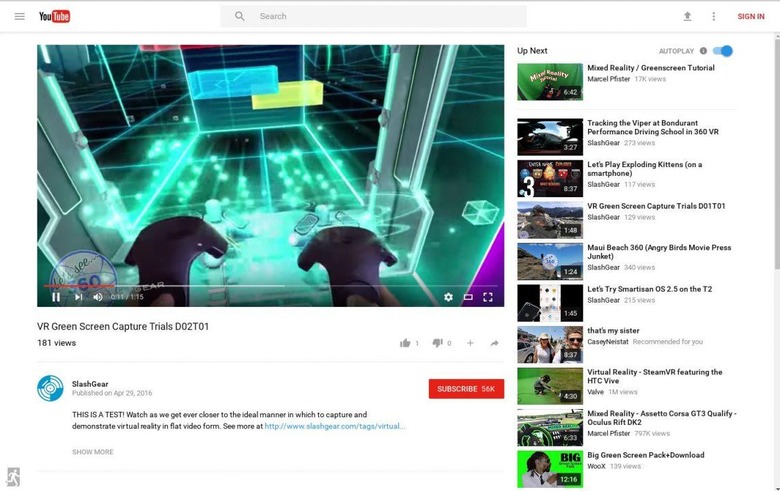YouTube is testing new Material look, you can test it too
Back in 2014, in preparation for what was then still codenamed "Android L", Google revealed the new Material Design language that would permeate not just Android but the rest of its products, both on the Web and on Chrome. Two years later, Google is still having a go at it, refining Material Design and implementing it in bits and pieces. The latest to get that incremental face lift seems to be YouTube, as the video streaming service is now semi-secretly testing a slightly new look in line with the newer nuances of Material Design.
Like Google search itself, YouTube's design has always been on the sparse side, rightly putting content first before the chrome (the user interface). While YouTube, along with Search, Gmail, and other Web apps, did get an initial Material infusion in time for the Material Design launch, it didn't really move beyond that too much. It seems that Google is now trying to complete the transition.
The new YouTube Material look takes into heart the principles of Material design, especially in the use of bold colors. Because, let's face it, YouTube is pretty pale when it comes to colors. In our user page, for example, the header takes on the cool blue motif of our website and logo.
Old:

New:

You might notice that the menu is now tucked away permanently in the new design. Previously, the side menu would only slide into hiding if there wasn't enough horizontal space for it. Now, like Android apps, the menu is out of sight always. The entries themselves have been modified, now bigger and bolder. The lines separating them, on the other hand, have disappeared. Some of the icons on the header have changed, like the Upload button now represented by an icon, and the presence of the triple dot action list button.

The individual video viewer, however, has barely changed enough to be noticeable. Frankly, we like it that way.

While the new look hasn't been enabled by default, you can try it out yourself if you have a Chrome browser installed. Instructions come via giorgiomarinel on Reddit.
Yes, it's real. That's the procedure using Chrome:
1) go to https:www.youtube.com/?gl=US (Ed. this bit is very important)
2) open the developer tools (ctrl + shift + i)
3) go to the `Resources´ tab and delete the VISITOR_INFO1_LIVE cookie for the youtube domain
4) go to the console and define the VISITOR_INFO1_LIVE cookie using the following command:
document.cookie="VISITOR_INFO1_LIVE=Qa1hUZu3gtk;path=/;domain=.youtube.com";
(Ed. in case you missed it, the Console tab is on the same row as Resources)
5) reload the page
You can also reuse your VISITOR_INFO1_LIVE cookie.
VIA: Android Police
